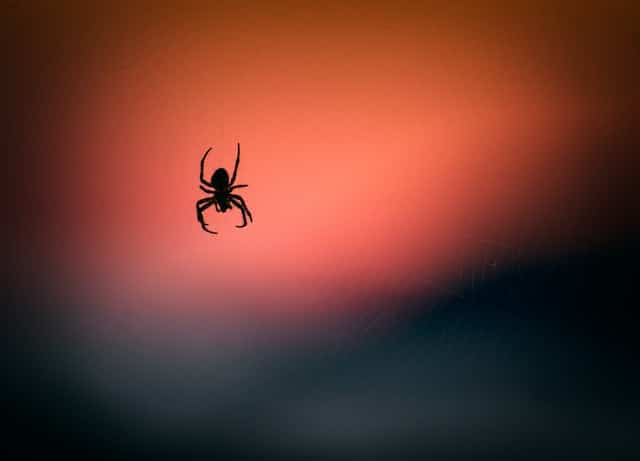More than 50,000 species in the world belonging to Arachnida’s Class (a class of joint-legged invertebrates). They are characterized by venomous fangs, which they use to trap insects and use as food. However, only very few species of spiders have are capable of penetrating the human skin. But what does a spider bite look like?
It is important to note that spiders are generally harmless until they feel threatened, then they bite – but a bite isn’t common. This is why most bites thought to be credited to spiders are eventually found to be bites from other bugs.
How To Identify A Spider Bite
Spiders bite as part of their defense mechanism or to catch prey. Although all spider species try to paralyze their potential prey with venom using their fangs, it does not really work on humans except in extreme cases.
How do you identify a bite? First, the affected area turns darkish purple, forming an ulcer. This causes a necrotic wound (tissue damage) as the venom spreads. Sometimes fang marks are seen in the affected area with a swollen reddish bump that may either be painful or itchy.
Identifying a spider bite is easier when you see what actually bit you. Listed below are few symptoms to look out for after a spider bite if you’re having a hard time with identifying:
- headache
- skin damage and itching
- swelling
- fever
- rashes
- high blood pressure
- chills and restlessness
- vomiting and salivation
- pains and profuse sweating
- muscle cramps
It is important that the affected area should be kept clean to reduce the chances of getting infected.
Home Treatments
Symptoms mentioned above are rare and most people don’t feel anything at all after a bite. In rare cases, spider bite victims need medical treatment. However, an allergic reaction may occur with people who are generally allergic to stinging insects. What do you do when a spider bites you? When bitten by a spider whose venom is less toxic, home treatments can help to reduce the pain and facilitate the healing process. Not everyone has the resources or time to visit their doctor as soon as they experience a spider bite; this is why home treatments can come in handy as a first step.
Once you notice that a spider has bitten you, wash the affected area with clean water and soap to remove the venom and clean the affected area to prevent any bacterial infection resulting from the wound infiltrating the bloodstream. Remember, an open wound makes an easy way for bacteria to infect and access the body.
Use analgesic, antibiotic cream and antihistamine from a first aid box to reduce the pain, stop the infection and stop the itching (if any), then protect the affected area by applying a bandage. The mark will disappear within a few days.
Other home remedies that have proven to be effective in the treatment of spider bites include:
- the use of aloe vera gel aids the wound heal faster and smoothens the skin
- use of lavender oil to reduce pain
- to reduce nerve pain, use bergamot oil
When To Seek Medical Treatment
You need to see a doctor immediately if you suspect that the spider’s venom could be toxic. Although people do not often develop severe symptoms after a spider bite, it could turn out very bad if there is a complication. This is why it is important to get medical attention if you notice an unusual allergic reaction from a spider with symptoms ranging from trouble swallowing or difficulty in breathing to heart palpitations. When the symptoms do not get any better, nor does the infected area improve, it is recommended to visit your doctor.
Medication is given based on how severe the spider bite looks, the spider’s species that bit you and the time interval between the spider bite and treatment. Here are some medicines that will help:
- To neutralize the venom, use antivenin. It contains antibodies against the venom
- Use corticosteroids to lower inflammation in the body. Corticosteroids are anti-inflammatory drugs
- To increase the rate of healing, using hyperbaric oxygen
- Nitroglycerin takes care of heart symptoms
- To reduce muscle spasms and pain, use pain relief such as aspirin
- Use antibiotics to prevent or treat the bacterial infection
- To reduce itching and allergies, use Benadryl
The following spiders attack unsuspecting prey with their venom. In as much as their venom might pose no threat to humans, it could also cause minor irritation unless in the case of allergies. Such spiders are considered nontoxic venomous spiders and are listed as Jumping, Cellar, Huntsman, Funnel-web and Orb-weaving spiders.
Black Widow, Brown Recluse, Red-legged Widow, Wolf, Yellow Sac, Hobo, Redback, Brazilian Wandering, and Tarantula spiders are considered toxic, venomous spiders. Urgent medical treatment is needed when there is a bite from the species above.
Dictating a spider bite may take between 30 to 120 minutes or even more depending on the spider’s species and your allergies, but once it is noticed, identify the symptoms and appropriately take care of it.





